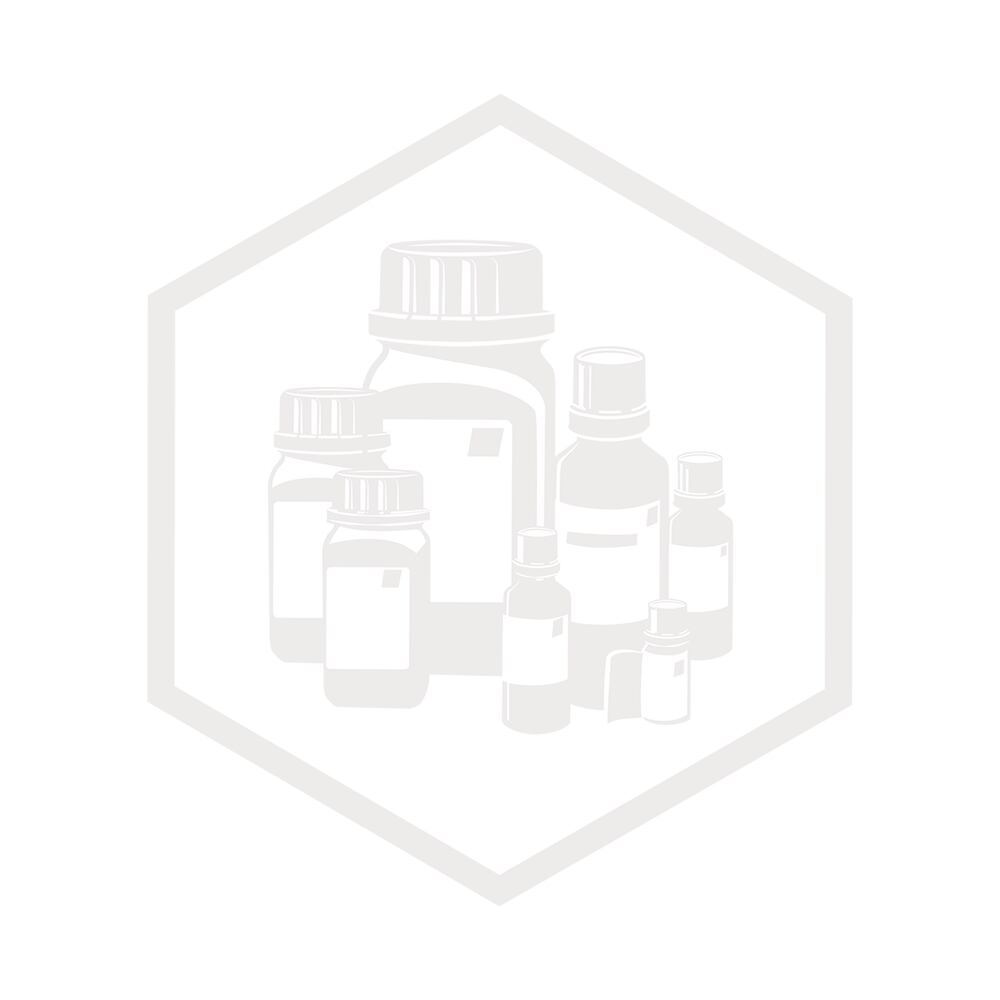Technical Data Sheet
Glucose oxidase (GOD)
Transport temp. ambient temp.
WGK 1
CAS No. 9001-37-0
EG-Nr. 232-601-0
Packaging: 0,5 MU
€590.20/Pack Qty.
excl. VAT. | 1 unit(s) per Pack Qty.
Art. No. 6028.1
Product details
Glucose oxidase (GOD) ~360 U/mg protein (approx. 280 U/mg material)
One unit (U) is defined as the amount of enzyme that catalyses the oxidation of one µmole of glucose per min at pH 7.0 and 25 °C.
- Subtotal: 0.00
| Art. No. | Pack Qty. | Pack. | Packaging | Price | Quantity | |
|---|---|---|---|---|---|---|
| 6028.1 | 1 unit(s) | plastic | 0,5 MU |
€590.20 |
|
|
|
In stock
Available
In procurement
No longer available
Delivery date currently unknown
|
||||||
- Subtotal: 0.00
Downloads / MSDS
General information
Enzyme: a neoclassical, Greek artificial word ενζυμου, énzymon, derived from εν-, en- (in-) and ζυμη, zýmé (yeast, sourdough, archaic)
Ferments: comes from the Latin fermentum (ferments, sourdough)
There are six classes in which all enzymes are classified according to the particular reaction they catalyse:
• Oxidoreductases (catalyse redox reactions)
• Transferases (transfer functional groups among substrates)
• Hydrolases (cleave bonds via addition of water)
• Lyases/Synthases (cleave or synthesise complex products out of basic substrates without cleavage of ATP)
• Isomerases (transform chemical isomers)
• Ligases/Synthetases (cleave or synthesise complex products out of basic substrates via cleavage of ATP)
Enzyme: a neoclassical, Greek artificial word ενζυμου, énzymon, derived from εν-, en- (in-) and ζυμη, zýmé (yeast, sourdough, archaic)
Ferments: comes from the Latin fermentum (ferments, sourdough)
There are six classes in which all enzymes are classified according to the particular reaction they catalyse:
• Oxidoreductases (catalyse redox reactions)
• Transferases (transfer functional groups among substrates)
• Hydrolases (cleave bonds via addition of water)
• Lyases/Synthases (cleave or synthesise complex products out of basic substrates without cleavage of ATP)
• Isomerases (transform chemical isomers)
• Ligases/Synthetases (cleave or synthesise complex products out of basic substrates via cleavage of ATP)
Certificates of Analysis
Type analysis
| Appearance | yellow powder |
| Activity | ~360 U/mg protein |
| α-Amylase | <0,05 % |
| Invertase | <0,5 % |
| Maltase | <0,05 % |
| Ratio glucose-oxidase/catalase | >2000 |

